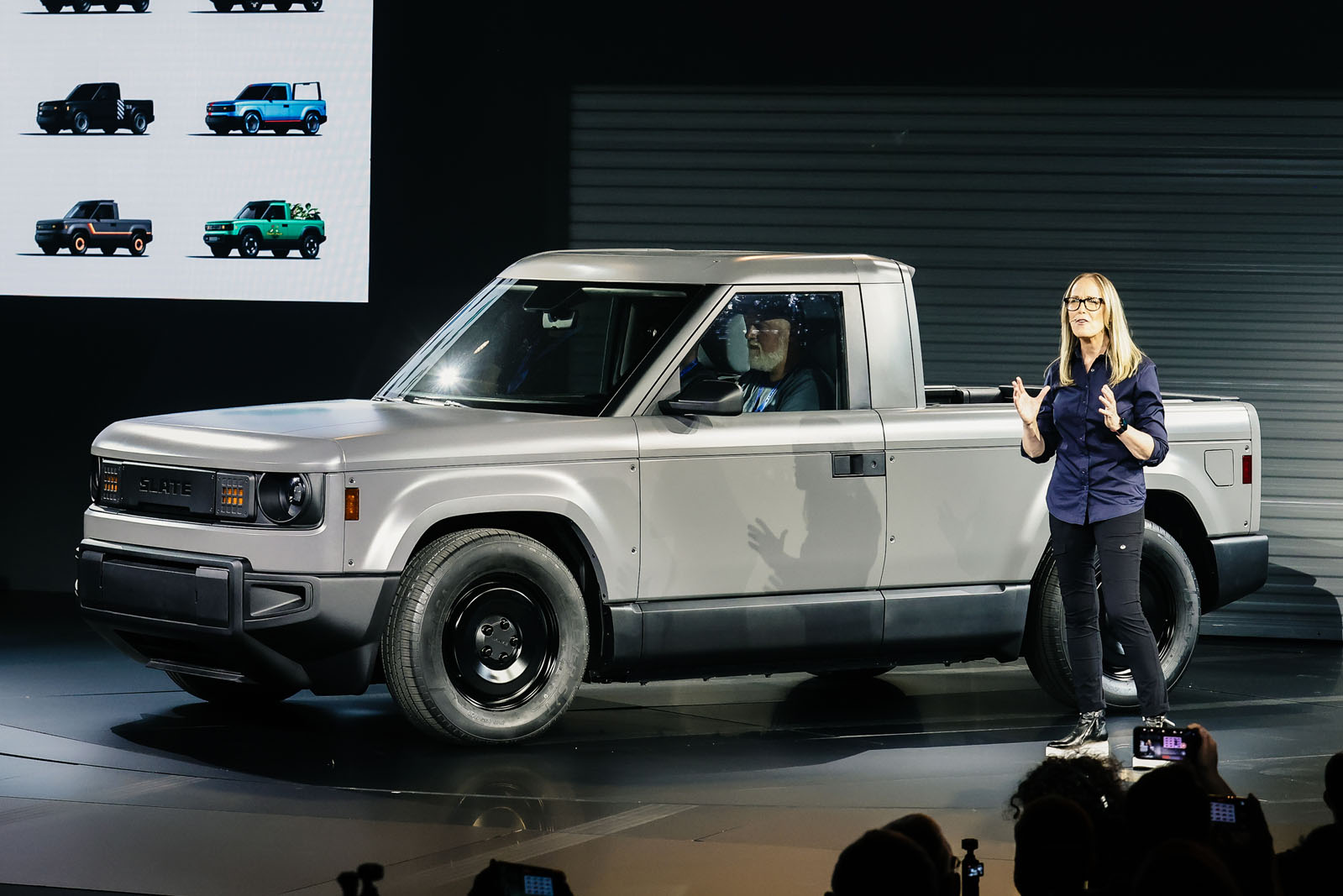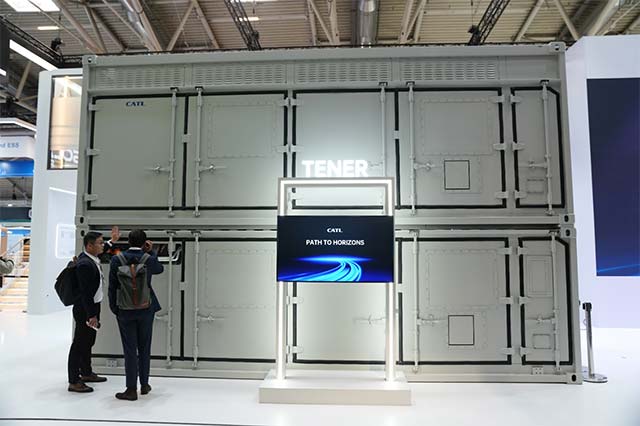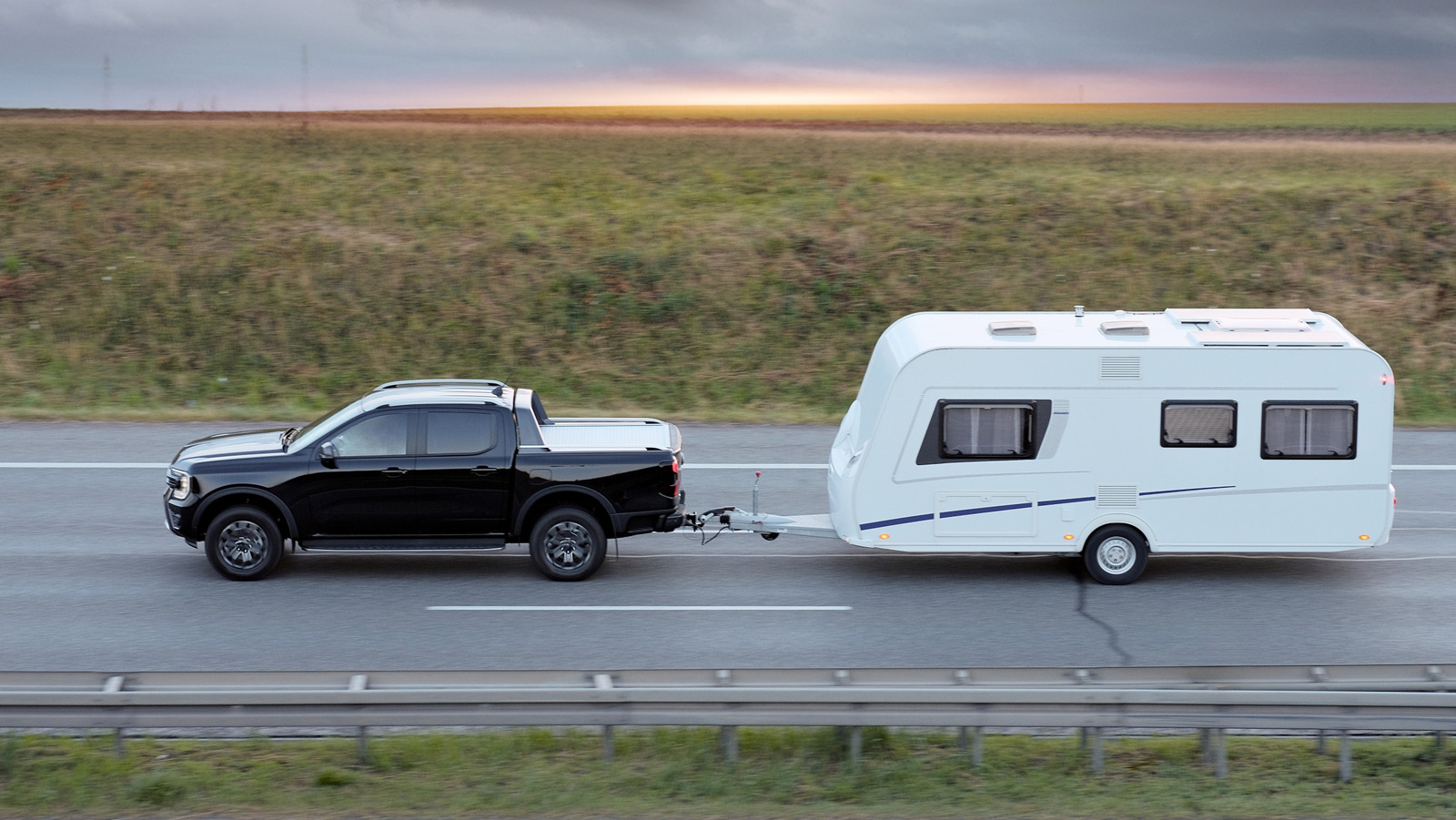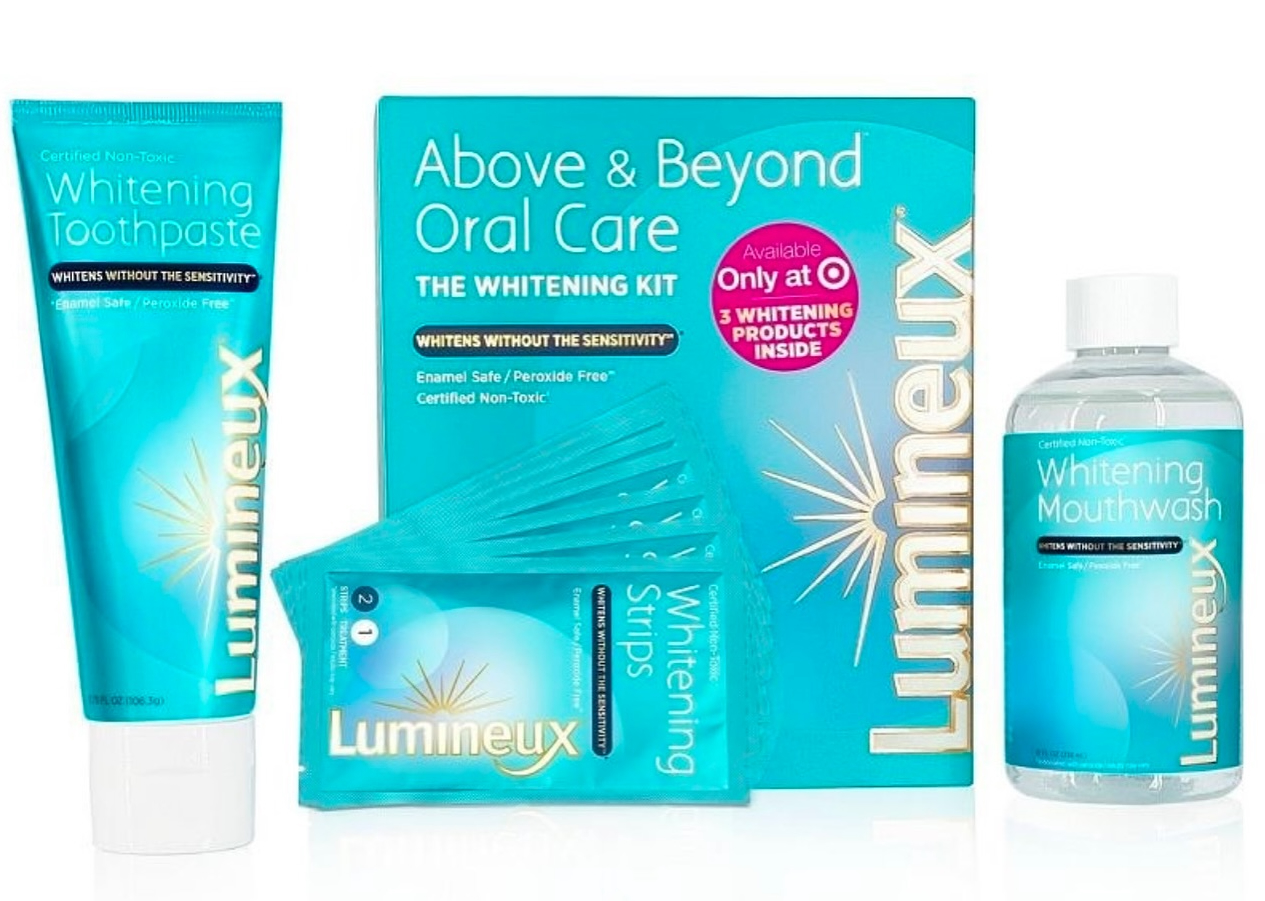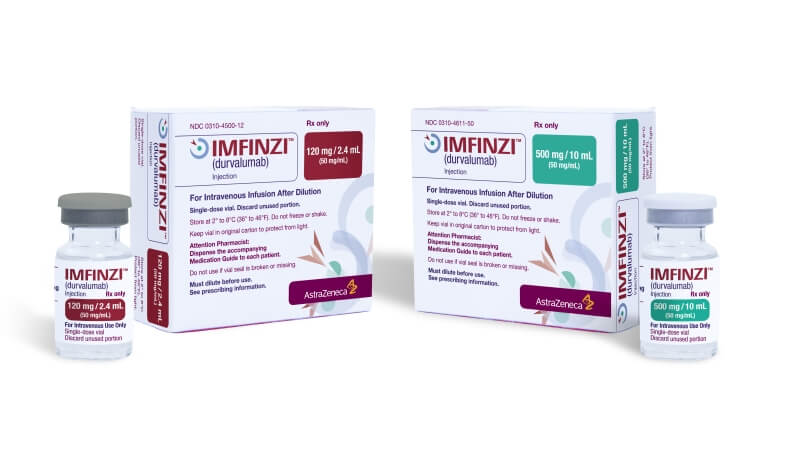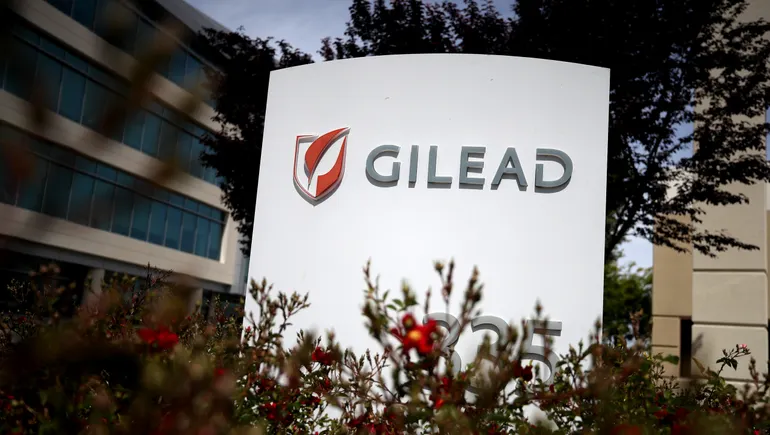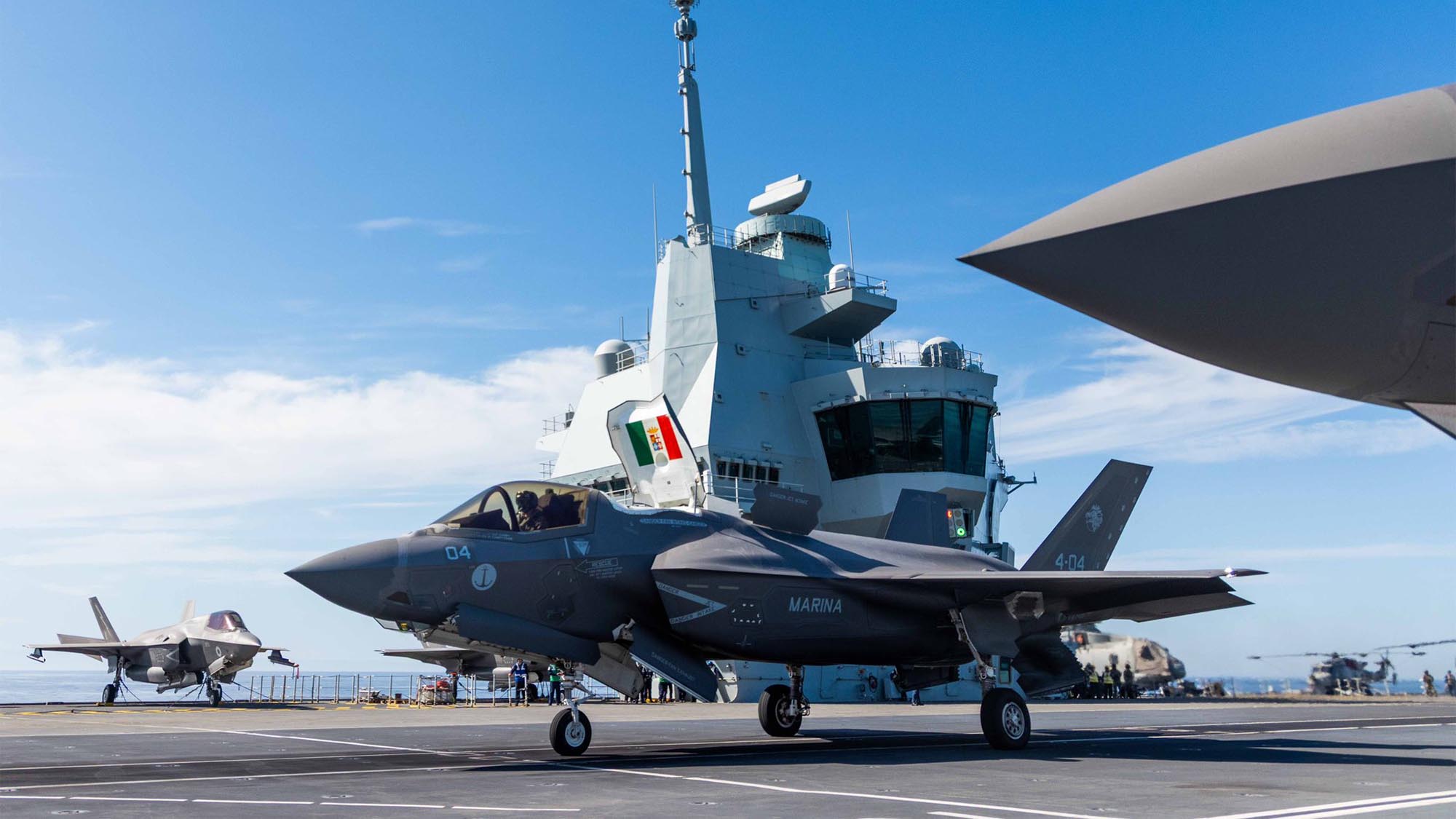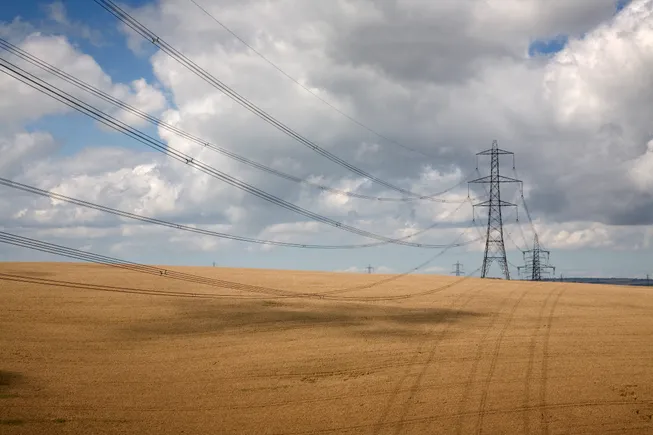How to Craft a Shipper Outreach Strategy That Works Part 2
It takes work to land shippers as a small carrier, but a few small changes can mean the difference between winning and losing freight. The post How to Craft a Shipper Outreach Strategy That Works Part 2 appeared first on FreightWaves.

The first contact gets their attention.
The second one gets you remembered.
The third through seventh? That is what closes the freight.
If you think outreach ends after the first cold call or email, you are leaving real money and long-term freight relationships on the table. In Part 1, we broke down the foundation: identifying your ideal shippers, building prospecting lists, and initiating contact through a structured cadence.
But this is where most small carriers fall off.
They do the hard part of starting, but never build the discipline of following through. And in today’s freight market, where volatility and tight shipper loyalty are the norm, follow-up is the difference between being seen as a real option—or forgotten entirely. (You have heard the term fortune is in the follow up…)
Part 2 focuses on what happens after first contact:
- How to follow up with intention
- How to structure your second and third touches
- What it takes to secure that first load
- And how to convert a single opportunity into a long-term customer
Why the Follow-Up is Where the Real Work Begins
According to industry sales benchmarks:
- Only 2 percent of cold calls lead to a meaningful conversation
- But over 80 percent of sales happen after at least five touches
Let that sink in. Your first contact is the beginning of the relationship, not the pitch that closes it.
Shippers are flooded with carriers daily—emails, voicemails, LinkedIn requests. What separates you is consistency, not just charisma.
The 5-Touch Follow-Up Blueprint
Let’s walk through a basic yet highly effective 5-touch follow-up strategy designed specifically for small carriers and owner-operators.
Touch 1 – The Initial Introduction
(This is your cold call or cold email. It sets the tone.) You introduced yourself, kept it brief, and asked to stay in touch. Now it is about showing value over time.
Touch 2 – Follow-Up Email with Carrier Packet
Wait 2–3 business days after your initial outreach.Even if you have not heard back, send a professional follow-up email attaching your carrier packet.
Subject: Re: Freight Capacity in [Region]
Body:
Hi [Name],
Just wanted to follow up on my previous message. I’ve attached our carrier packet here in case you have a need now or in the future. We specialize in [region/lane] and maintain clean safety scores, reliable drivers, and flexible equipment.
Thanks for your time,
[Your Name]
Attach your PDF carrier packet and W-9 to make their life easy. Keep it simple and remember to be consistent in your efforts.
Touch 3 – Value-Add Message
This is where most carriers say, “I don’t want to bother them.” But here’s the truth: You are not bothering them if you’re adding value.
Touch 3 (about 5–7 business days later) is a brief note with insight—not a sales pitch.
Examples:
- A SONAR chart showing regional rate shifts for their outbound market
- A local fuel surcharge trend and how you are managing it
- A lane-specific snapshot showing your availability/preferences
Example Message:
Hi [Name],
Just wanted to check back in real quick — I’ve still got open truck space running out of [Shipper’s City] this week, and I’d love to help if anything comes up on your end. I’ve also attached a quick update with what we’re seeing in the market right now for that lane.
Thanks again,
[Your Name]
Touch 4 – Phone Call or Voicemail
About 10 days after your last message, follow up with a professional phone call.
Keep it short. Even a voicemail is valuable here:
“Hi [Name], this is [Your Name] with [Your Company].
I sent over some info last week and just wanted to follow up. I’ve still got steady truck availability out of [City], and if you ever need help with a load, I’d be glad to jump in and show you how we operate. Appreciate your time either way.”
No pressure. No pitch. Just presence.
Touch 5 – Test Load Offer
By now, you’ve shown consistency, professionalism, and reliability without being overbearing.
If you still have not secured a lane, now is the time to make a direct offer.
Offer to run a single load at cost or a small-margin rate as a test. You are trying to get in the door and you have to think flexibly to do so..
Why?
Because every long-term shipper relationship starts with one successful delivery.
Example:
Hi [Name],
I’ve got a truck coming through [City] on [Date] and saw you’re nearby. If you’ve got anything that needs to move that day, I’d be glad to help out and run it at a fair rate—just to show you how we do business. No strings attached, just a chance to earn your trust.
Thanks,
[Your Name]
This is where relationships are won.
How to Close and Onboard Like a Professional
Let’s say your persistence pays off. The shipper sends over their onboarding packet or requests rate quotes.
Here is how to avoid fumbling the close.
1. Confirm All Legal Docs Are Current
Make sure:
- MC and DOT are active
- W-9 is clean
- COI (Certificate of Insurance) is up-to-date and matches their requirements
If they request specific cargo limits or additional insureds, respond within 24 hours. Speed = trust.
2. Set Communication Expectations Early
Make it clear how often you will update them, how you handle delays, and who to contact.
Example:
“Our dispatcher sends arrival ETA at pickup, delivery ETA post-load, and immediate notification if anything changes. We pride ourselves on proactive communication, not waiting until something goes wrong.”
3. Deliver Flawlessly on That First Load
No late arrivals. No excuses. No missed calls.
Treat that first load like it is the only one you will ever get—and it will turn into five.
Jessica from United Commercial Insurance said it on The Long Haul best:
“Small carriers win when they operate like big ones—with even more consistency.”
Turning One Load Into a Lane
Once the first load is done, follow up within 24 hours.
Thank them, share delivery confirmation, and ask for feedback.
Then—offer consistent lane coverage. Let them know when you will be back in their region and hold capacity for them. But remember, only if it makes sense and it is profitable for you to do so.
Over time, this is how you build from:
- One load
- To two loads a month
- To weekly drop-and-hooks
- To being their preferred carrier
It is not about flashy pitches. It is about repeatable performance and showing up before they ask.
Metrics to Track for Ongoing Outreach Success
Keep tabs on:
- Outreach touches per week
- Carrier packets sent
- First loads booked
- Loads converted to regular volume
- Revenue generated from direct freight
This lets you measure the ROI of your outreach—and double down where it is working.
Final Word
The best carriers in this market are not waiting on brokers to call them. They are out building freight relationships like a business should.
Outreach is not about being slick. It is about being disciplined, organized, and relentlessly consistent.
Follow-up is not annoying when it adds value. Persistence is not a flaw when it is structured.
And no shipper is too busy to say yes to a carrier who makes their life easier.
If you are tired of chasing the same low-margin loads, tired of waiting to be found, tired of being invisible to real freight—you already know what the next move is.
Execute. Track. Improve. Repeat.
And if you want the exact tools to manage your shipper pipeline, write better follow-up messages, and close your first few accounts this quarter, we cover all of that inside the Playbook Masterclass.
Because direct freight is not about luck. It is about work.
And the ones who are working will win.
The post How to Craft a Shipper Outreach Strategy That Works Part 2 appeared first on FreightWaves.















